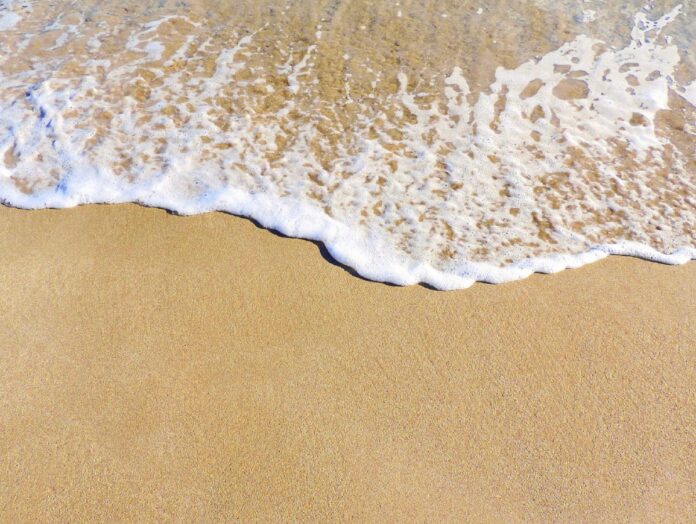HARLINGEN — South Padre Island’s beach-goers may catch a wave, but not a break.
Red tide aerosol levels combined with high fecal bacteria counts left beaches practically deserted yesterday.
Red tide has been an on again-off again problem this summer, but the high bacteria counts are new.
“After you usually have a good rain, you pick up more bacteria, and we’ve had some nice rains lately,” said Tony Reisinger, Texas AgriLife’s extension agent for coastal and marine resources with Texas Sea Grant.
“It’s just normal happening from runoff.”
The interesting thing about the high bacteria counts found by Texas Beach Watch monitors Tuesday is it isn’t human fecal bacteria — it’s from wildlife.
“The Arroyo Colorado is a major source of fecal bacteria and the majority is the result of wildlife,” Reisinger said yesterday.
“We’ve done a great job over the years of improving our water quality from our waste treatment facilities.”
What occurred this week in the Gulf of Mexico is a relatively unusual combination of rain and wind.
The littoral current in the gulf is a constant, traveling up the coast from Mexico’s Bay of Campeche and continuing a trek northward.
For the rest of this story and many other EXTRAS, go to our premium site, www.MyValleyStar.com.
Subscribe to it for only $6.99 per month or purchase a print subscription and receive the online version free, which includes an electronic version of the full newspaper and extra photo galleries, links and other information you can’t find anywhere else.
Low — Bacteria counts less than 35 cfu (colony-forming unit)
Medium — Bacteria counts between 35 and 104 cfu
High — Bacteria counts higher than 104 cfu (beach advisory recommended)
Source: Texas Beach Watch





